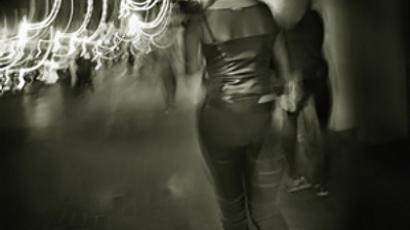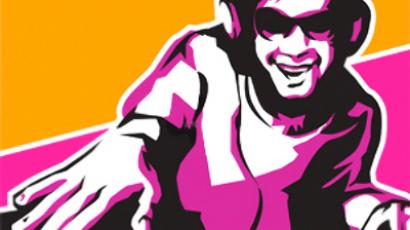Colombia’s forgotten refugees

Violence in “post-conflict” Colombia is forcing droves of rural poor into the cities in an escalating humanitarian crisis that the government is accused of ignoring.
Parque Tercer Milenio (Third Millennium Park) is returning to normal. Riot police have peacefully cleared the park in central Bogota of thousands of people who squatted here from different parts of the country.
The internal refugees had come to the capital seeking safety from the decades-old civil war still ravaging parts of the countryside.
Moved, and moved again
In March, the “desplazados” (displaced) were moved from a central church to Plaza Bolivia, and then again to the Parque Tercer Milenio. Over this time, they grew in number from 120 to thousands of people.
Displaced from rural Colombia, they have converged in the capital before being displaced again and are now dispersed around the city.
Built as a celebration of post-conflict Colombia, the park became a visible reminder of how little has changed outside the cities. The United Nations High Commission for Refugees negotiated an agreement in which the government promised to provide humanitarian aid and employment to the internal refugees. For their part, the displaced agreed to leave the park.
Peaceful and prosperous
The government would like to project the image of Colombia as an important democratic ally of the United Stated and President Uribe as an international statesman. It can point to economic success – Colombia’s the diversified economy has outperformed all its Latin American rivals over the past 25 years.
Under Uribe, tens of thousands of right-wing paramilitaries have laid down their weapons. Military defeats inflicted on the FARC (Revolutionary Armed Forces of Colombia) have isolated the Marxist guerillas. The bombings and hostage takings that once plagued cities are now relatively infrequent.
However, Colombia has more internal refugees than any other country on earth, apart from Sudan; more than Iraq, Pakistan, Somalia and Zimbabwe.
Flight to the cities
Every day, fifty more families pour into the capital. Human rights group CODHES reports that 56,000 fled here last year, 25% more people than in 2007. Armando from Antioquia tells his story: “I buried my family and set off for the city. I’m afraid to go home because if those men return they will surely kill me.”
For those outside Colombia’s cities, the civil war has continued since 1964. The result is a humanitarian crisis, with millions displaced (2.8 million according to the government and 4.6 using Consultancy on Human Rights and Displacement’s figures).
Violence committed by right-wing paramilitaries, left-wing guerillas and the army’s counter-insurgency operations forced more than 380,000 Colombians to flee in 2008.
“After they shot him [her husband], and because of the armed groups everywhere, many people left the area: you know, when one lot arrives the next is sure to come soon after, and it’s always us civilians who bear the brunt,” said one 20-year-old pregnant, displaced widow.
Responsibility accepted
The government acknowledges its responsibility to the displaced citizens. However, according to its own figures, only 3% have acceptable housing and just 6% live over the poverty line. In 2009, the Constitutional Court found the government’s reaction to the crisis continued to be “unconstitutional”. It noted improvements but stated it needs to do more than expect people to return home. Under present circumstances, only 3% of the displaced want to go back. One young internal refugee explains his situation: “We were both wounded—Roberto in the lung and me in the face. He’s the only friend I’ve got left now; neither of us wants to go back home.”
Call for camps
This movement from rural to urban areas led Health Secretary Hector Zambrano to call for refugee camps to be set up. The government, however, will not establish official camps to cope with the growing humanitarian crisis. Luis Alfonso Hotos, director of Accion Social—the agency responsible for the displaced people—does not believe refugee camps are the solution and describes them as “inhumane”. Hotos’ critics believe he is downplaying the problem. Zambrano is quoted by ReliefWeb as saying: “The problem of displacement is treated like dirt that is hidden under the carpet.”
Jonathan Stibbs for RT














